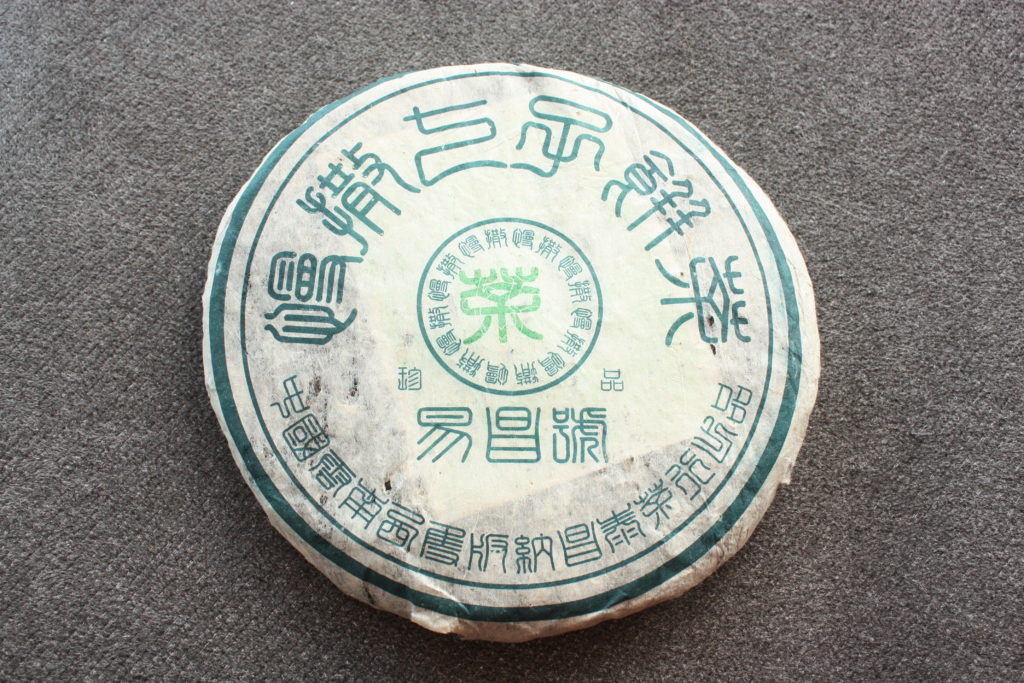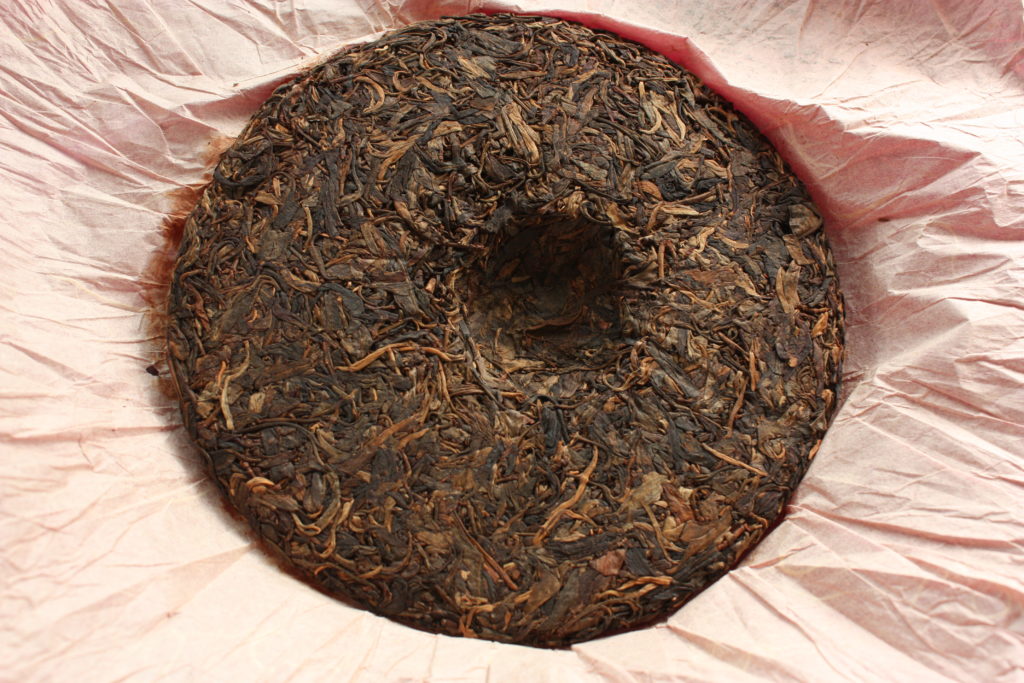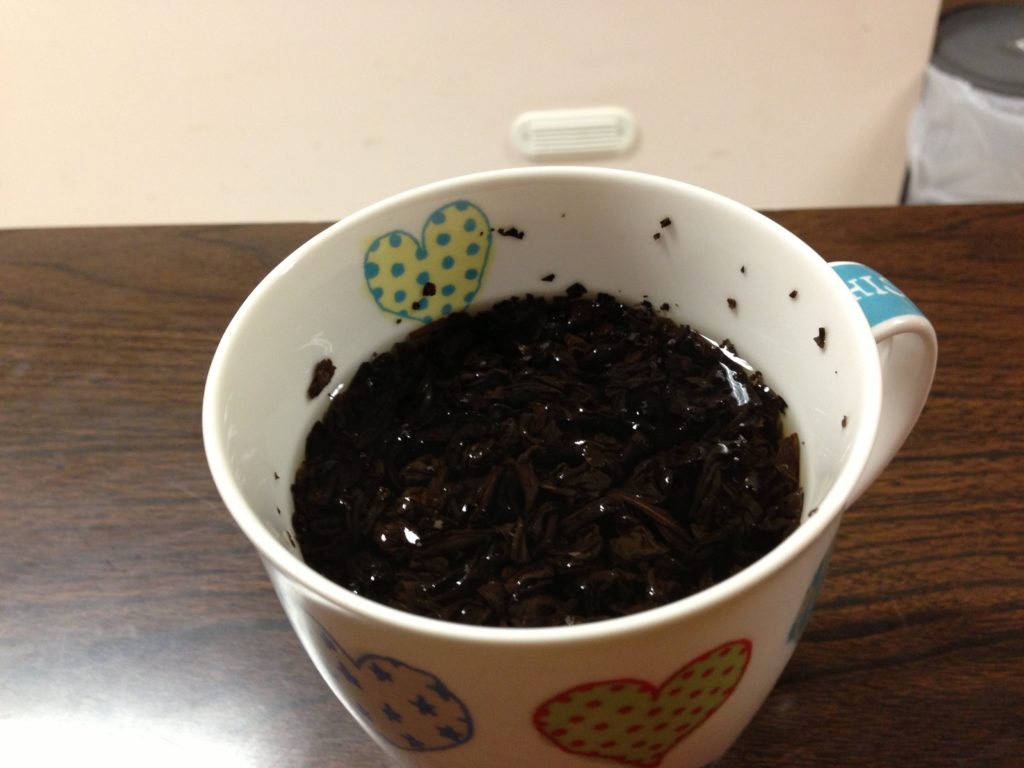I just got back from Southern Germany, where the land is flat and the beer is good. The weather was beautiful. I also came back with chapped lips, which led me to think about storing puerh tea in these places.
There’s a general consensus that the higher the temperature and the humidity the tea is stored in, the faster the tea changes. People disagree as to whether that’s a good thing or not, and some of it comes down to personal tastes (some people like their tea young tasting for reasons I don’t understand). Above a certain point, the high temperature and humidity will induce mold, which is generally seen as less desirable this day and age. However, under normal circumstances in natural settings, it is difficult to generate enough moisture to attain the level of humidity and temperature used in traditional storage facilities (we are talking +30C and relative humidity of 90% or even higher, in a tightly packed enclosed space). If you store your tea naturally, in an environment in which human beings are comfortable and not exposed to the elements, your worry shouldn’t be mold.
Instead, I think the worry should be too low a temperature/humidity. The problem, at least on an anecdotal level for me, is that tea stored too dry will begin to exhibit undesirable traits such as roughness, thinness, and lack of aroma, in addition to just not changing (or changing very slowly). I am presuming that the whole point of storing your tea is that it changes and ages – for those who want their tea young and fresh, you can stop reading now.
The dryness-induced changes are usually not very obvious problems, and may not even be apparent until you tried it side by side with a tea stored in a more optimal environment, at which point it becomes really clear that the tea stored in really dry climates is lacking something. Opinions are mixed on whether that can be revived, but it’s not at all clear that it is easy to do so without running risks.
Leaving aside why exactly higher temperature and humidity seems to allow teas to age in a more interesting manner, I suspect that it is not as simple as pointing to your humidity gauge and saying humidity is high in you neighbourhood. Since both of these factors are actually related to one another, I will attempt to talk about this in more absolute terms.
Hot air can hold more moisture than cold air. That’s just a matter of fact. Relative humidity in general is a poor indication of the amount of moisture in the air at any given time, unless you also give a temperature reading. So, if you look at this chart, you’ll see that at 30 degrees Celcius and 50% relative humidity, the air still has more moisture in it than 15 degree Celcius and 100% relative humidity. At the same time though, we know that the air has more capacity to suck in moisture – so it can dry things out faster. Experienced hands here who have long stored tea all believe that it is important for the tea to breath through the seasons – meaning that it goes through wet and dry periods. The winter, when it’s dry and cold (relatively) here, is when the tea rests. Then spring comes, when it’s quite wet, and then the summer, when it’s hot, and by the fall, it starts drying out again. And the cycle repeats itself. Slow changes in the climate seems to beget changes in taste.
I remember when I came back to Hong Kong one time during my study overseas, I noticed that one of my tongs of tea was moved to closer to the window, and this being early spring, it was extremely wet and warm in Hong Kong. The tong was almost wet to the touch – the tea, while not quite soaked, was certainly not dry. I moved it to a higher location on the shelves and, now, years later, the tea is no worse for wear, and in fact is quite nice last time I tried it. It has also certainly aged from when it was first purchased, when it was a green, young, rather bitter thing. That’s what we want after all – for that bitterness to recede and slowly replaced by aged tastes of sweetness.
So when I was in Germany, I noticed that the weather was quite warm, but it was very, very dry. It also gets cold rather quickly at night. Of course this is far from desert like climate, but it reminds me of Beijing, where the weather can also be pretty dry and warm. In my experience, places like that produce really badly stored cakes – they literally feel dry when you drink them, and are usually devoid of fragrance and flavour. Heat with too-low humidity is no good – the ones I’ve tried where they have been stored in high heat, low humidity places tend to be really, really nasty. When people use the term “dry storage” they really meant it in relation to “wet storage” or what I like to call traditional storage. It’s not “bone dry” storage. That’s what you do for mummies. I think the reason it’s dry during the day is because of the low temperatures at night, the moisture condenses, and over the course of the day as it heats up, the humidity drops because temperatures go up – and before there’s a real chance for the moisture to be evaporated again, temperature drops again at night, keeping things fairly dry during the day. I’m not sure what this does to tea, but I suspect it’s not a great environment.
Having said that, I generally think it’s not very wise to build elaborate pumidors to try to artificially inflate humidity for your storage. The reason is simple – it’s very risky, and you can easily cause mold or other undesirables. What you can probably do without much harm is to take precautions – don’t let too much airflow into your storage area, maybe add a little water container that has little risk of spillage. I really wouldn’t do more than that.
 I normally don’t drink my tea with any sort of sugar, as you can probably imagine. But sometimes I’m reminded why so many people do – it really softens the tannins in the tea, and tannins in tea, when it’s strong, can be pretty nasty.
I normally don’t drink my tea with any sort of sugar, as you can probably imagine. But sometimes I’m reminded why so many people do – it really softens the tannins in the tea, and tannins in tea, when it’s strong, can be pretty nasty. Cream, of course, has a similar effect, but cream influences the way tea tastes far more than sugar does. A small amount of sugar has a fairly neutral effect on the taste, but a small amount of cream is just nasty, making your tea look like sewage, while a large amount will of course change everything. I’m not about to dunk two cubes of sugar in all my tea every day, but sometimes it’s good to be reminded of why most of the rest of the tea drinking public love their sugar with tea.
Cream, of course, has a similar effect, but cream influences the way tea tastes far more than sugar does. A small amount of sugar has a fairly neutral effect on the taste, but a small amount of cream is just nasty, making your tea look like sewage, while a large amount will of course change everything. I’m not about to dunk two cubes of sugar in all my tea every day, but sometimes it’s good to be reminded of why most of the rest of the tea drinking public love their sugar with tea.












 RSS - Posts
RSS - Posts
Interesting.... would 250C in my oven work?